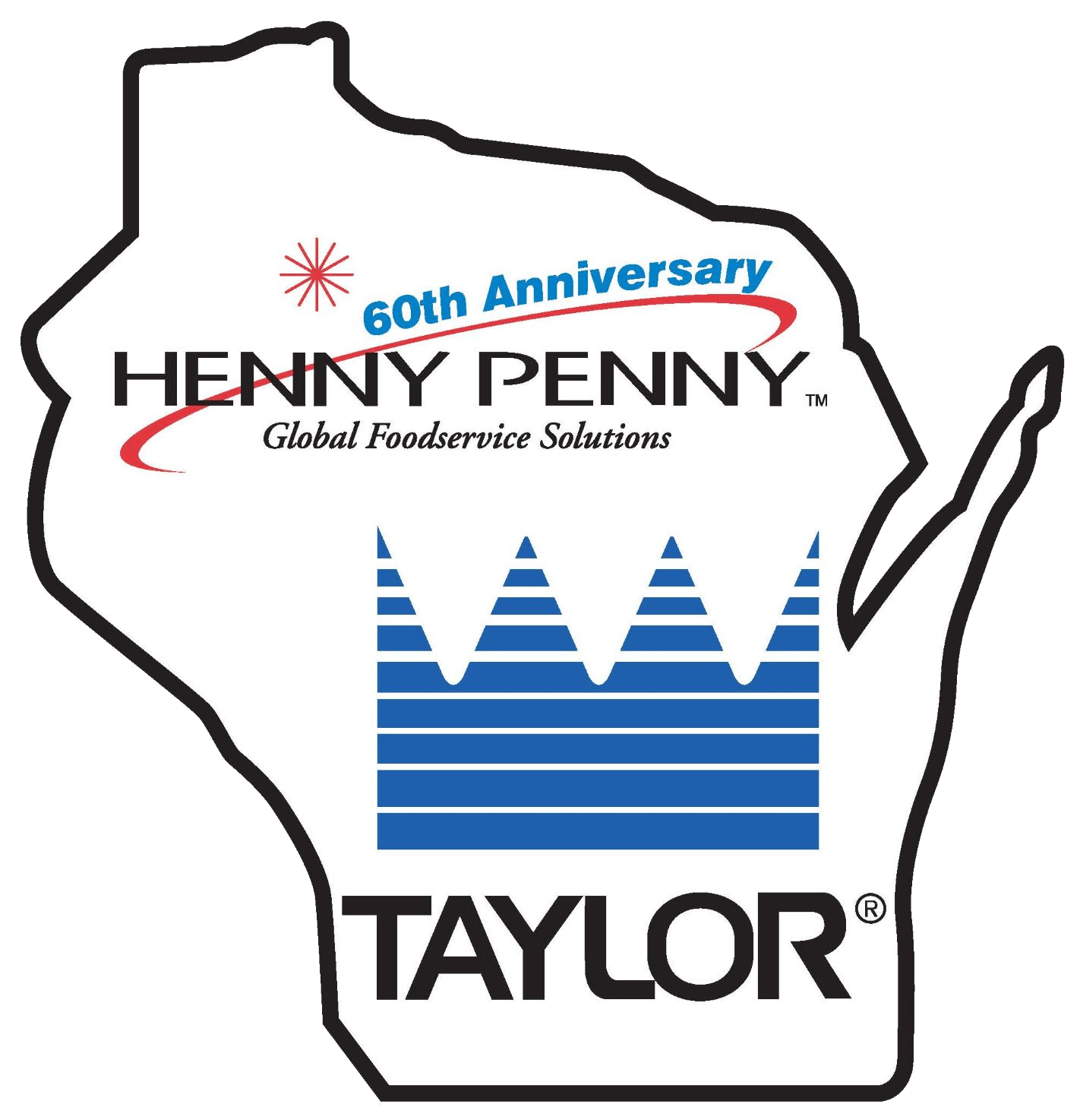Commercial deep fryers are the source of many delicious fried foods—and myths that come with these commercial workhorses. There are a lot of commercial deep fryers on the market, and it’s easy to believe these myths that can cost food service operation time and money.
Myth: All commercial deep fryers occupy a lot of floor space.
Luckily, for businesses with small kitchen spaces, this myth is not true. Deep fryers come in different sizes and oil capacities, including smaller countertop models that don’t occupy a lot of space. In addition, compact countertop models can be fairly versatile, able to produce a large variety of menu items without occupying a large amount of space. These units are ideal for small operations, such as concession stands and small campground grills.
Myth: Fried chicken is best prepared in a deep fryer.
This myth is partially true; many chicken products can be fried in a deep fryer and taste great. However, fried chicken produced in a deep fryer has more flavor and moisture because the moisture is trapped in the food during cooking.
In addition to better flavor, pressure fryers also come with other advantages (pressure fryer versus open fryer comparison). The cooking time for fried chicken is actually shorter in a pressure fryer than an open fryer. A pressure fryer also uses less energy than an open fryer, and uses less oil on average. The oil life of pressure fryer is typically longer because a pressure fryer uses turbulence to cook and the oil is not absorbed into the chicken. The main con of a pressure fryer is the additional cost, which may be offset by operating costs (contact a professional for a pressure fryer versus open fryer cost breakdown).
Myth: All fryers splatter oil.
Again, there is some truth in this myth. Many fryers, especially open fryers, splatter oil. This part of the frying process can injure workers and cause a mess.
However, ventless deep fryers are the exception. Ventless deep fryers are enclosed, which means that there is no splatter. This puts employees at less risk, decreases the chance of a fire, and eliminates the mess. Ventless deep fryers are also automated, which means employees need less training to prepare a quality product. Because ventless deep fryers don’t require a hood, these fryers can be mobile and are easier to install.
Myth: It’s cheaper to purchase and operate a deep fryer (rather than specialty fryers).
In some cases, this may be true. However, for food service operations who produce a large amount of a certain kind of product (i.e. donuts, corn dogs, proteins, funnel cakes), a specialty fryer can be a good long-term investment. These fryers can provide a lower operating cost that offsets the additional cost of a specialty fryer. In addition, a specialty fryer can help food service operations produce a unique product with faster serving times.
